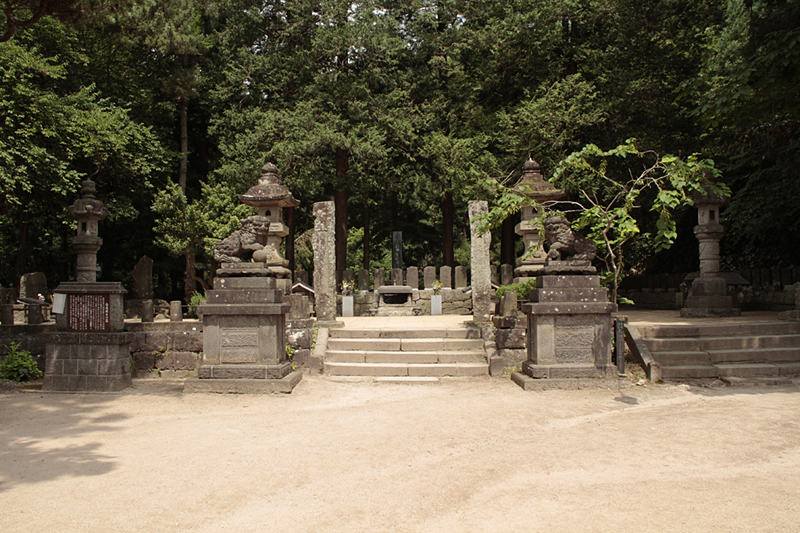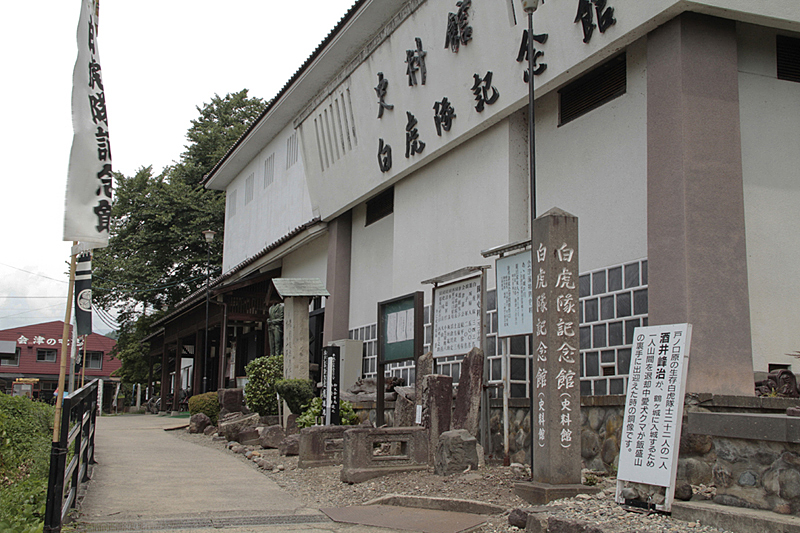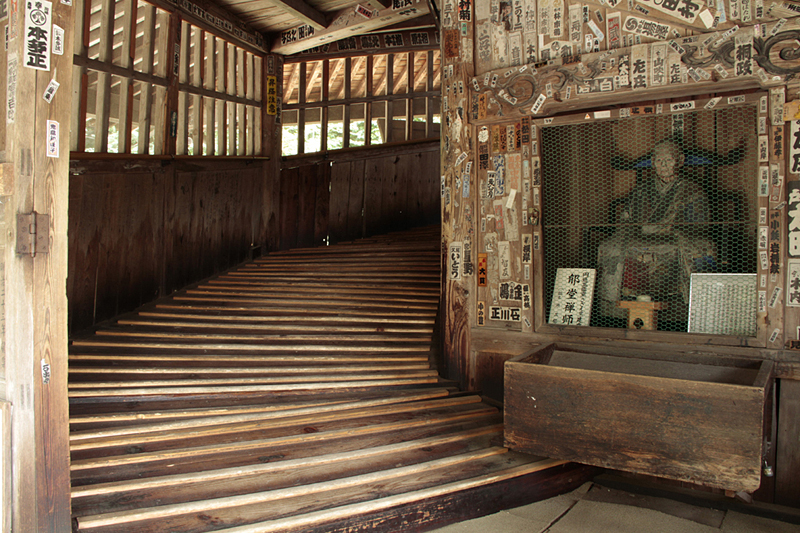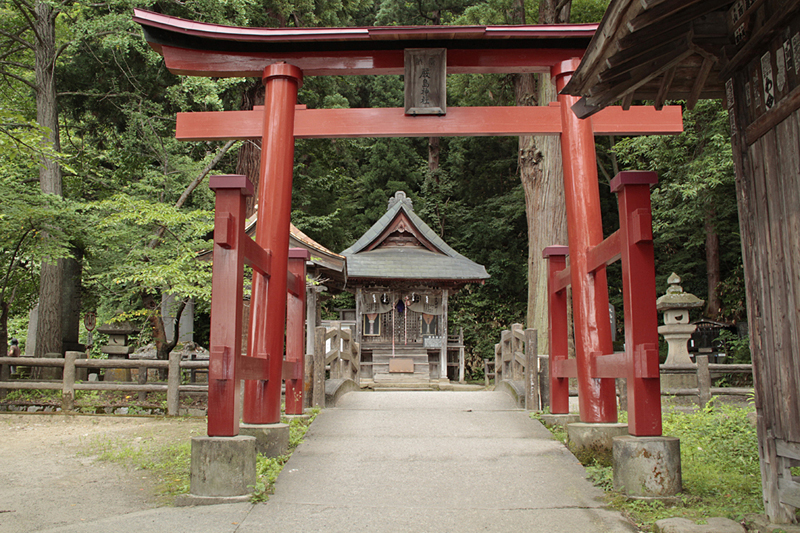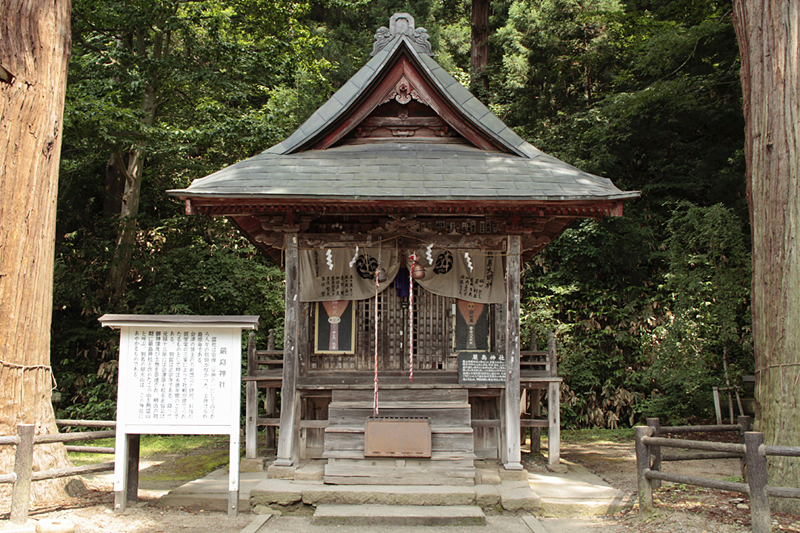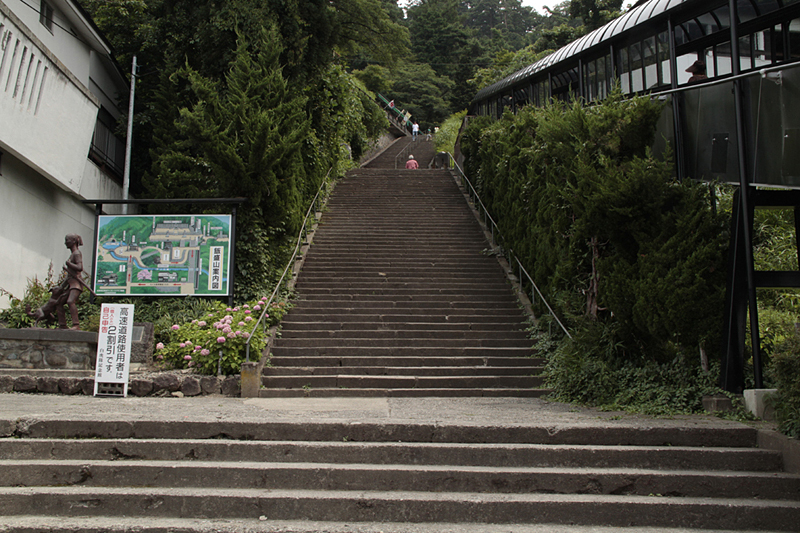Mt. Iimoriyama
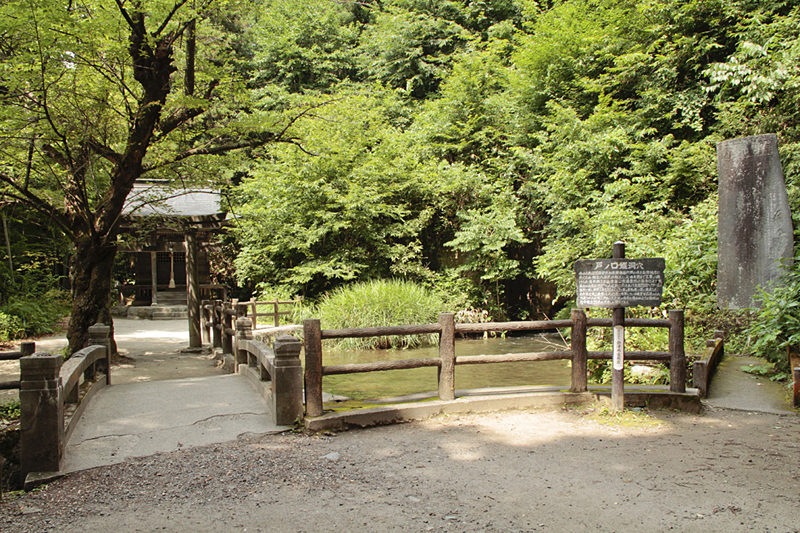
Mt. Iimoriyama with a spot such as a 【The Gravesite of the 19 Members of the Byakkotai】【Byakkotai Memorial Hall】【Sazaedo】【Itsukushima Shrine】【Ugashindo】
【Business hours】8:15 - sunset(April - December)/9:00 - sunset(January - March)
【Regular holiday】Open throughout the year
【Access】By Bus: 5 minuntes on foot from the Haikara-san/ Akabe "Iimoriyama-shita" bus stop
By Car: 15 minutes from the Ban-etsu Aizu-Wakamatsu IC exit
Related Places
-
- Rinkaku - Japanese Tea House
-
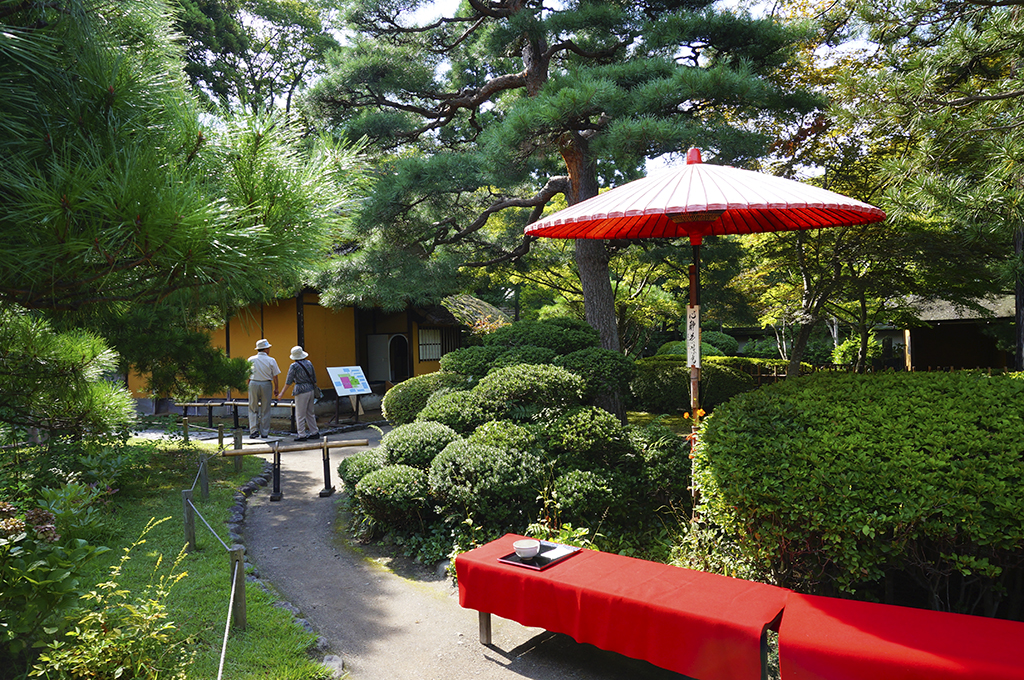
An honored tea house built for the son of the Japanese tea master, Sen no Rikyu..read more
-
- Japan2Go!
-

A tourism app called "Japan2Go!" can display tourist maps in six languages. You can also search for genres that interest you, such as "events," "playing," and "eating." Please feel free to use i.....read more
-
- Suehiro Sake Brewery
-
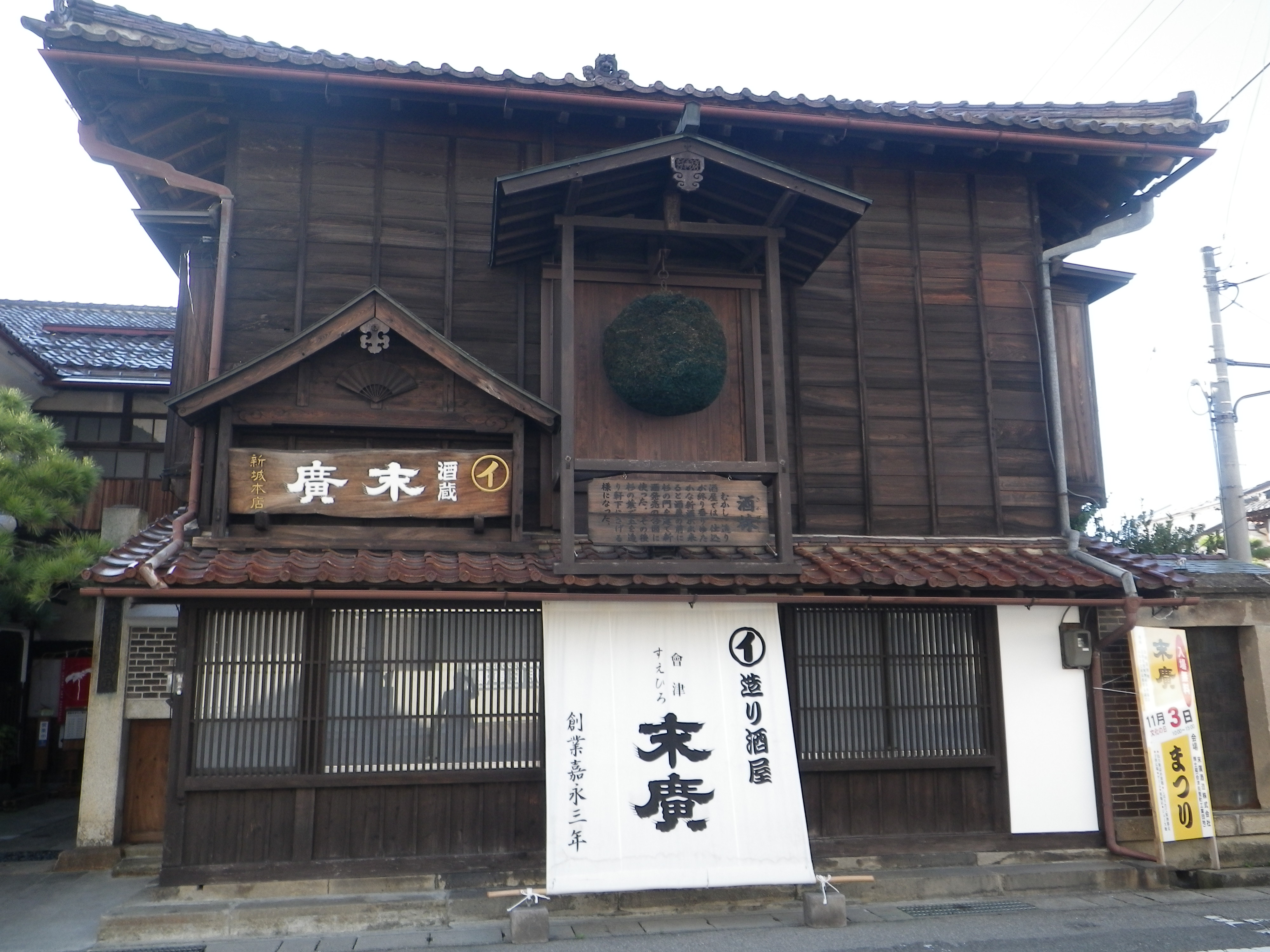
The Aizu family surrendered to imperial forces at the end of the Boshin War (1868–1869). A new government was established under Emperor Meiji (1852–1912) and launched numerous reforms, one of which.....read more
-
- The Aizu Bukeyashiki - Samurai Residence
-
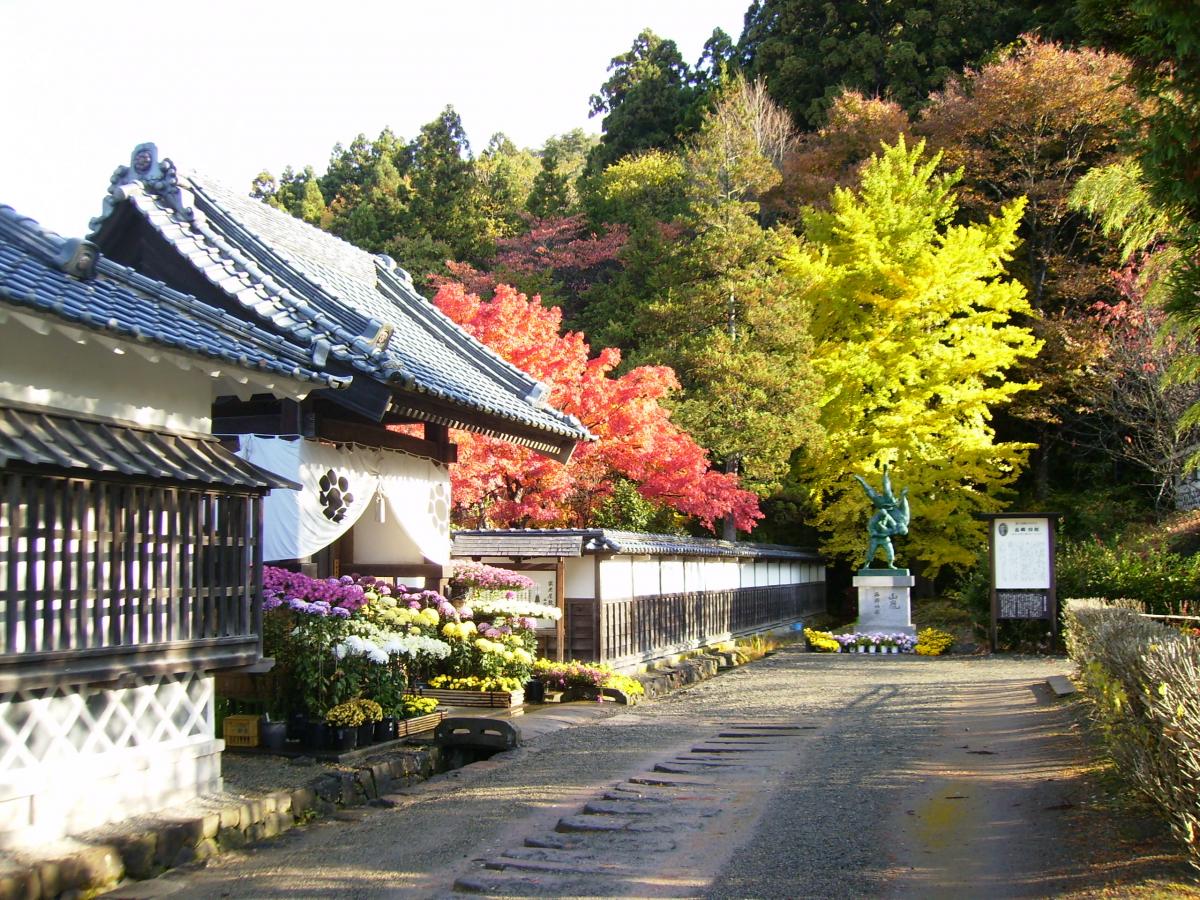
The residential complex of a top-ranking Aizu retainer, and other Important Cultural Assets of Fukushima..read more
